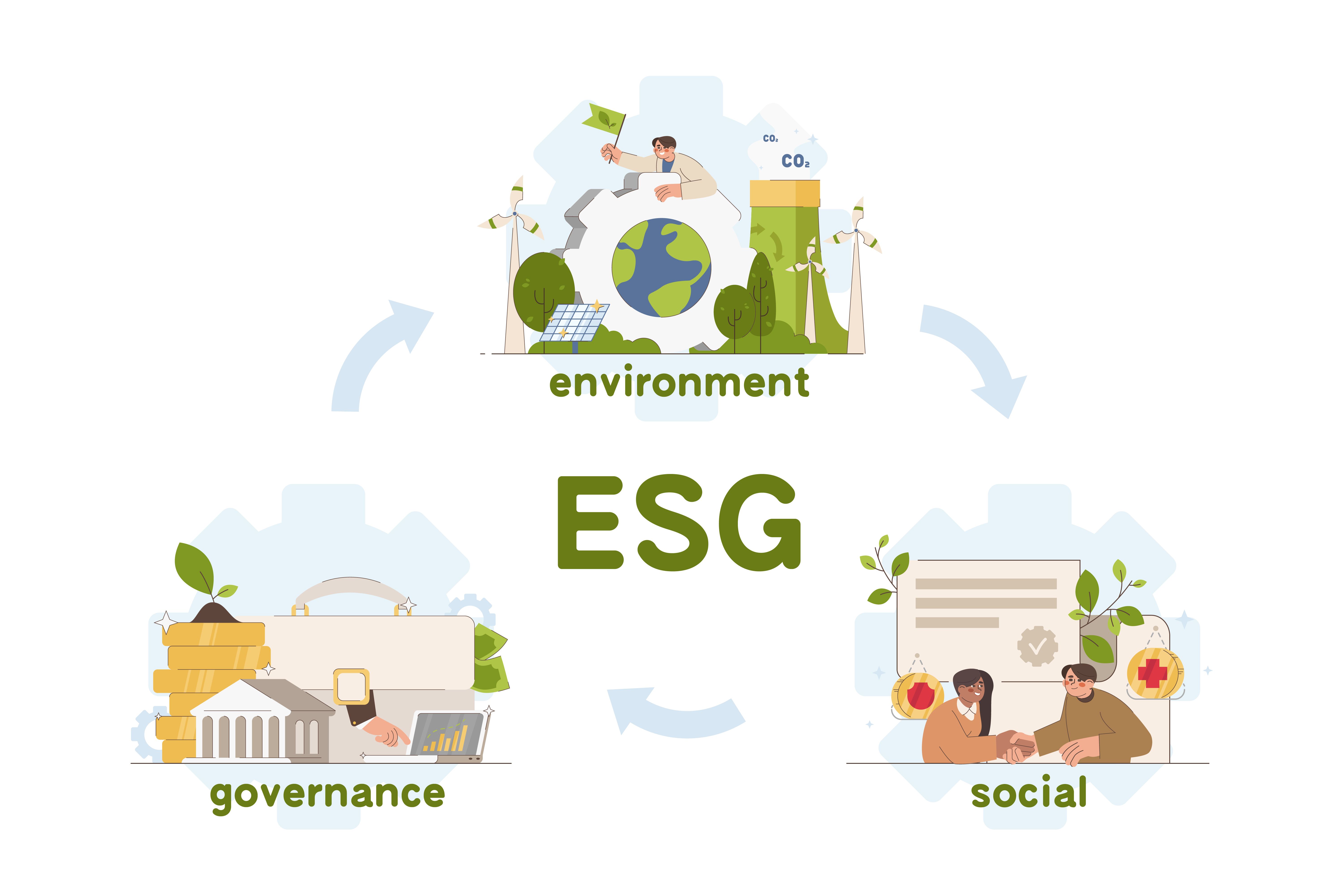Sustainability-linked finance (SLF) is a significant market, but one in which most of the incentives have been tied to borrowers’ environmental commitments – the “E” in ESG. Here, we argue that there is untapped potential to encourage companies to be more ambitious on the “G.” Governance targets— that help manage corporate risk and benefit stakeholders—could become part of the menu of SLF options. In this first blog, we take a look at market and put forward six promising areas that could lead to governance indicators in future deals. In our second post, we will detail these six areas.
Hitting highs of well over $1 trillion in 2021 in a market that did not exist 10 years ago, sustainable finance—green, social, sustainability, and sustainability-linked bonds and loans—has fast become big business.
Even in the face of the tough macroeconomic headwinds of 2022, sustainable finance proved resilient, with transaction volumes decreasing for the first time in a decade, but not nearly as much as total fixed-income markets. The sustainable finance debt market has been rising along with broader investor attention to environmental, social, and governance (ESG) dimensions.
Yet, within the ESG frame, environmental commitments dominate. There has been comparatively little focus on governance, even though corporates and investors have long accepted governance as a critical element in driving company performance. The “G” in ESG seems to be largely missing.
Against this backdrop, IFC—a member of the World Bank Group and the largest global development institution focused on the private sector in emerging markets—and Transparency and Accountability Initiative (TAI), a collaborative of leading funders of good governance, joined forces to better understand why there are so few transactions with “G” indicators and to explore whether important thematic areas related to governance and sustainability could be structured as SLF KPIs in the longer term. Is there a larger role that governance aspects could play in sustainability-linked finance, including sustainability-linked bonds (SLBs) and loans (SLLs)? Could governance as a KPI of a sustainability-linked loan strengthen the credibility of sustainable finance? Could such governance metrics, for example, offer a set of guardrails against greenwashing witnessed over the last few years?
As part of our research, we asked civil society governance champions to think out of the box which corporate governance targets, going beyond the business as usual, they would like to see investors incentivize. Our interviews with over 20 civil society champions and international development practitioners highlighted six thematic areas of sustainability in which society needs more transparency, accountability, and good governance (beyond regulatory compliance). Top of their minds were opportunities for much needed transparency of climate-related lobbying efforts, corporate beneficial ownership, as well as data stewardship and governance. Could SLF be one of the vehicles to help unstick progress in global efforts on these important governance issues?
What is SLF?
SLLs and SLBs are forward-looking performance-based debt instruments that tie financial performance, typically interest rates, to achieving sustainability targets, either at a corporate or at a project/business unit level. So, the borrowing company benefits from reduced interest or coupon rates if they achieve the agreed targets.
Unlike their fellow sustainability debt instruments, such as green bonds, the funds from SLLs and SLBs typically can be used for unspecified purposes, instead of a specific environmental or social purpose—known as “use of proceeds.” However, SLF features can be combined with elements of other sustainable finance instruments, such as use of proceeds.
What are typical indicators?
SLLs and SLBs tend to be tied to between one and three KPIs, with multiple KPIs more common for SLLs than for SLBs. The International Capital Markets Association (ICMA) has developed principles underpinning what those KPIs should look like. It also maintains a registry of illustrative KPIs. More recently, the Loan Market Association has done the same for SLLs. Benchmarking is important, as it allows for an assessment of the KPI target’s level of ambition, which should move a borrower beyond business as usual.
Are there governance KPIs?
While many SLF transactions come with an implicit governance element, this is rarely captured as an explicit KPI. The challenge in developing governance-focused KPIs is that good governance relies on creating the right environment in which effective decision-making can take place. Unlike reducing Scope 1 GHG emissions, governance objectives do not easily lend themselves to quantifying, verifying, and benchmarking.
That said, governance KPIs are already reflected in a handful of SLF transactions with KPIs such as gender representation on boards of directors, supply chain traceability, ethnic diversity in senior leadership, climate governance, and corruption prevention.
These examples represent 6 percent of transactions reporting KPIs for loans between 2014 and 2022 (84 transactions with governance-related KPIs out of 1340 reviewed) from the Environmental Finance Database. And the small number of transactions applies a broad definition of what constitutes governance-related KPIs. In fact, many indicators could be categorized as social rather than governance indicators.
As it stands, companies and investors negotiating SLF agreements rely on a narrow menu of corporate governance KPIs, primarily based on the Illustrative KPIs Registry maintained by the ICMA. Among sustainability themes related to Governance, it lists:
Business ethics
Consumer relations & welfare
Data protection & security
Product governance (incl. safety and quality), and
Value chain.
By stimulating discussion on what governance KPIs under these themes, or even beyond, could look like, we explore the potential to grow the Governance segment of the SLF market.
Some of the six thematic areas highlighted by civil society champions and international practitioners as those that need more transparency, accountability, and good governance beyond compliance, align with the above themes identified by ICMA:
Lobbying,
Beneficial ownership,
Data stewardship,
Open contracting & procurement,
Taxes, and
Executive compensation.
In the second blog, we will dig deeper into these six areas that could help build stronger governance practices, potentially incentivized by SLF.
What do you think about governance-focused KPIs? Is there a market for these? Be a part of the conversation, add your comments.
